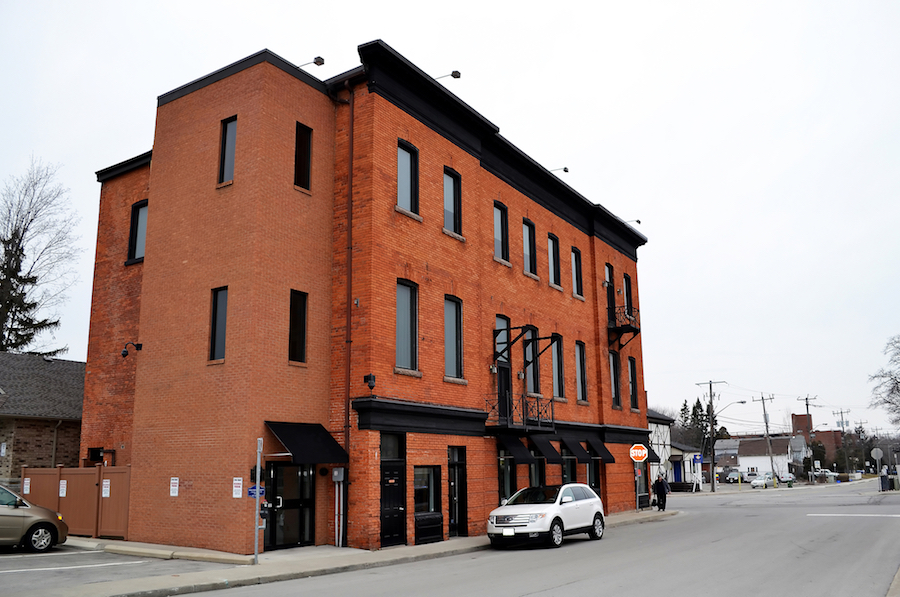Restoring the past: Maintaining historic brick buildings

Historic brick buildings are an iconic symbol of our enduring past. From east coast to west, owners of these buildings work diligently to maintain them.
But how do you know if your historic brick building needs restoration to maintain its beauty and functionality? Look for these three signs.
Spalling
Spalling is deterioration of the brick itself. You might start seeing small fractures in the brick that then lead to larger fractures, flaking, or crumbling of the brick.
Spalling usually starts because of moisture infiltration. We often see this due to improper water drainage from guttering, soffit issues, or even spraying the brick with high pressured power washers.
The only effective way to correct spalling is removal and replacement of the damaged bricks. However, the root cause of the moisture infiltration should be located and corrected prior to any brick replacement.
Bulging or bowed walls
If you notice a bulging or bowed brick wall, this could be a sign of a serious structural issue. It is essential that you contact a masonry expert. They can determine if it is a structural brick wall or a veneer.
There are multiple causes of bulging walls. Especially in historic brick buildings, causes can range from foundation problems, brick degradation, or lintel damage.
Once a determination is made on the source of the problem, a plan can be developed to correct it, and repair the wall. One important thing to note is a bulging or bowed wall will eventually collapse. So if you notice this issue, it needs to be addressed as soon as possible.
Cracks
In older brick buildings, there are different types of cracks in the mortar that may occur. Two of the most common are settlement cracks and thermal expansion cracks.
Settlement cracks occur as the building settles over time. These cracks can lead to deterioration of the mortar, leading to possible water or pest infiltration.
Thermal expansion cracks happen during the heating of brick, especially during hot summer months. The brick expands in the heat and then contracts in colder weather. The expanding and contracting can lead to cracks over time.
To maintain the integrity of the brick on your historic building, it’s important for these cracks to be repaired. This may include tuckpointing, repair of expansion joints, or the removal and replacement of any degraded brick.
Whatever masonry problems you encounter on your building, we can help develop a plan for repair and restoration. We understand the value of maintaining our architectural past and are committed to partnering with owners to maintain the integrity and beauty of their buildings.
